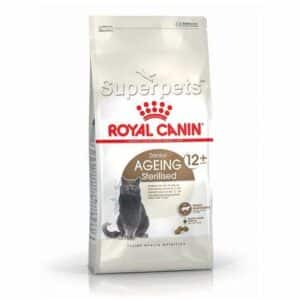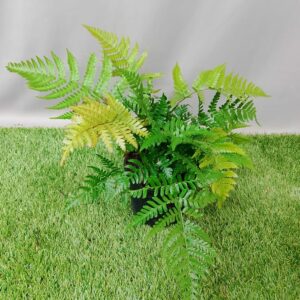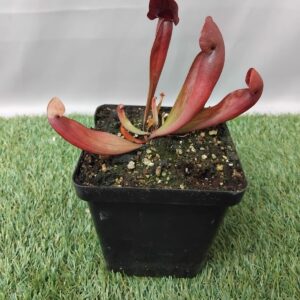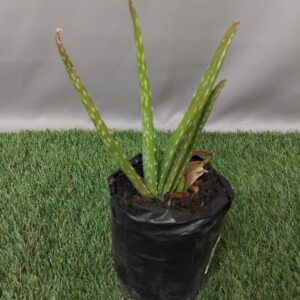Solutions for 6 Common Houseplant Problems
Indoor plant tips
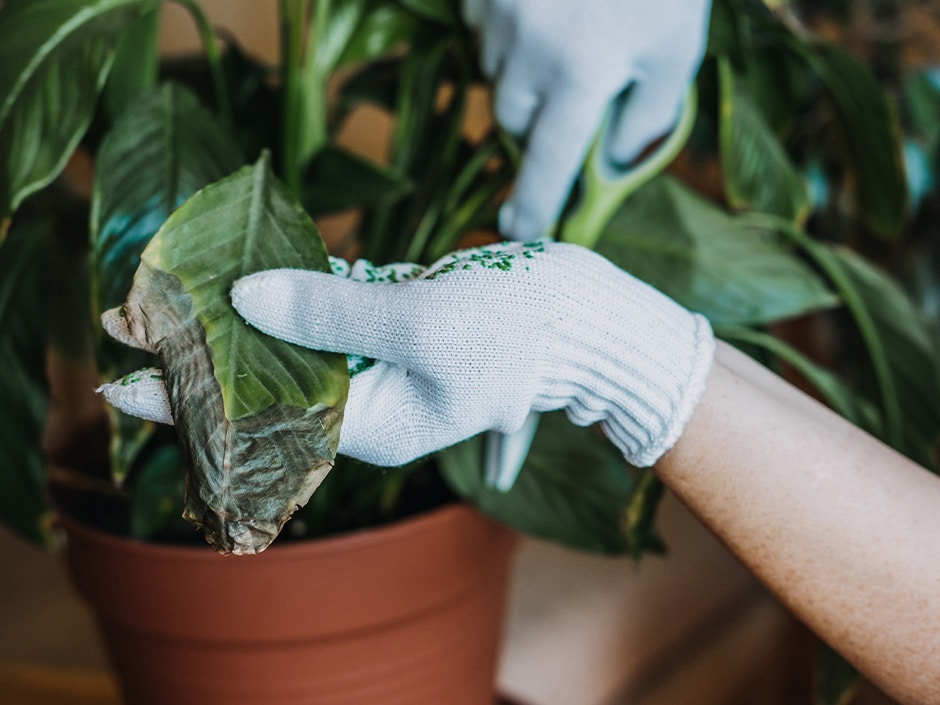
Decking out your living space with the best indoor plants is a top-tier move. Not only do they bring life into any room, but they also add a touch of elegance and an earthy and zen vibe. However, maintaining these beautiful plants can be challenging.
If you’ve been slacking on your plant-care game, or you’ve been on top of it but are still not getting your desired results, bookmark this list of the most common issues with houseplants and their solutions.
1. My plant’s roots are turning black and rotting
Possible cause: Overwatering.
Excess water and poor drainage can do plenty of damage to your indoor plants.
Solution: Try the following to prevent waterlogged soil and save your overwatered plant from serious damage:
- Use a skewer to poke holes in the soil and give it some much-needed breathing room.
- Repot your plant using fresh, well-draining potting soil and feed it with Efekto Nitrosol.
- Find out how often your specific plant should be watered and stick to these guidelines.
2. My plant won’t grow
Possible cause #1: Your plant pot may be too small.
Solution: Repot the plant in a pot that’s about 5cm larger in diameter than the current pot.
Possible cause #2: Nutritional deficiency.
Solution: In order to grow and reproduce efficiently, plants require the right amount of nutrients. Feed your houseplants with an all-purpose plant food that contains macroelements and microelements, such as Seagro.
3. My plant’s leaves are sticky, deformed and turning yellow.
Possible cause: Red spider mites. These tiny but vicious spiders are hard to see but easily identified by the little droplets of water trapped in tiny webs on the underside of leaves after watering.
Solution:
- Spray canola oil or red spider mite spray on the underside of leaves.
- Spider mites hate cold water, so deter them by spraying your plant twice a day with cold water, ensuring it hits the undersides of the leaves and any other hiding places.
4. My plants have brown and brittle tips
Possible cause: If you spot dead brown tissue on the tips of the leaves, it could mean that the environment is too dry for your plant.
Solution:
- Place your pot plants on top of a shallow tray filled with pebbles and water. As the water evaporates, it will help to create humidity for the plants.
- Regularly mist the leaves with a gentle spray.
- Move your plant to a part of the house with high humidity, such as the bathroom.
5. There is a powdery, fungal growth on my plant’s leaves
Possible cause #1: Powdery mildew (a plant disease). Your plants can develop this fungal growth if they are in an environment with high humidity and poor air circulation because this can be a breeding ground for disease.
Solution:
- Nurse your plants back to health by picking off the infected leaves and improving the air circulation around them by, for example, placing them near open windows.
- Place plants in a well-ventilated room to maintain their health.
Possible cause #2: Mealybug. These common pests look like pieces of cotton stuck to the leaves of your indoor plants.
Solution: Treat your plant by wiping the leaves with a damp cloth to remove the waxy coating of mealybugs, then spray thoroughly with Efekto Malasol or a home-made pest repellent – just mix two cloves of roughly chopped garlic, half a teaspoon of cayenne pepper, a few drops of cooking oil and a few drops of dishwashing liquid, mix with water and add to a spray bottle.
6. My plant’s leaves are drooping
Possible cause: Lack of light. For your houseplants to remain healthy, they require ample light to aid their growth. If the plant’s leaves are drooping or cupping upwards (or if the plant as a whole is visibly bending towards the light), it may not be receiving sufficient light.
Solution:
- Consult the plant’s label and follow the care guide, as different houseplants vary in their light requirements. You can also google its requirements if you no longer have the label.
- Move the plant to a different spot with better light, such as a windowsill.
- Rotate your plants often to avoid lopsided growth, and remove any barriers to light reaching your plants, such as blinds and sheer curtains.
- If you have limited light coming into your home, grow indoor plants that are better suited to low or medium light, such as peace lilies and ferns.
For more expert advice pop by your nearest Stodels Garden Centre to chat to our nurserymen.
You might also like
Shop online
-
- Sale!
AGEING STERILIZED 12+ 2KG
- Original price was: R489.99.R441.99Current price is: R441.99.
- Add to cart Learn More
-
FERN AUTUMN 14CM
- R129.99
- Add to cart Learn More
-
ALOE VERA 2KG
- R44.99
- Add to cart Learn More

